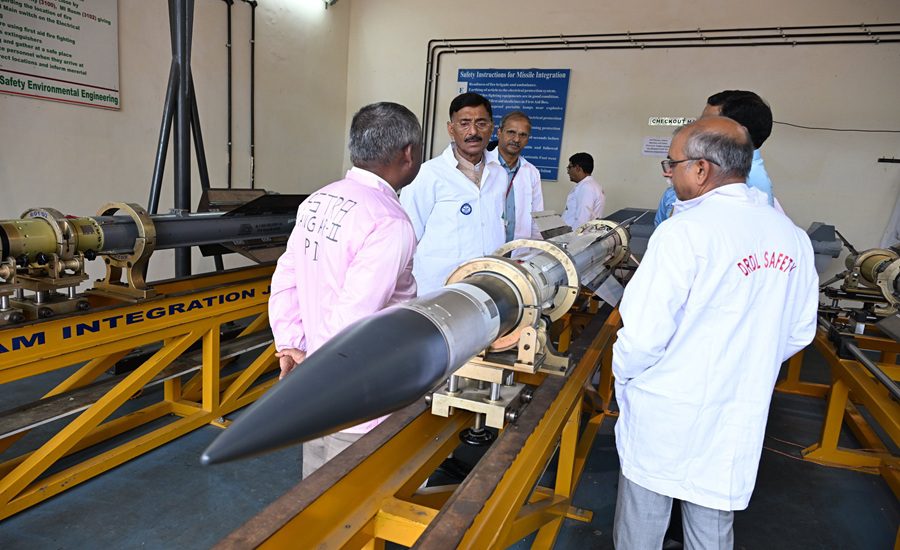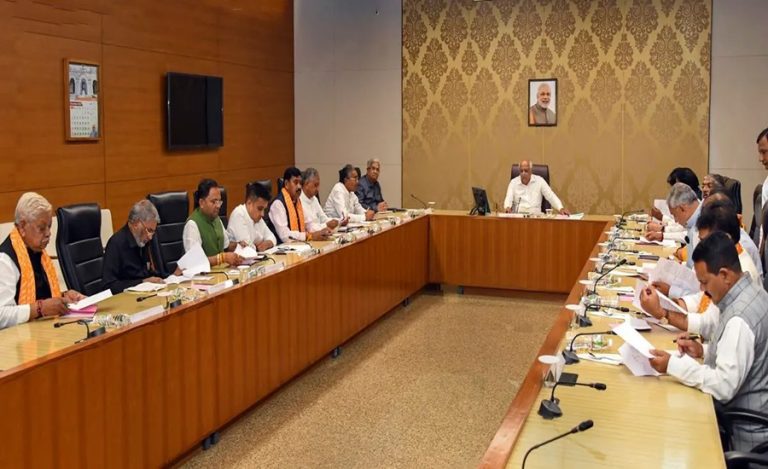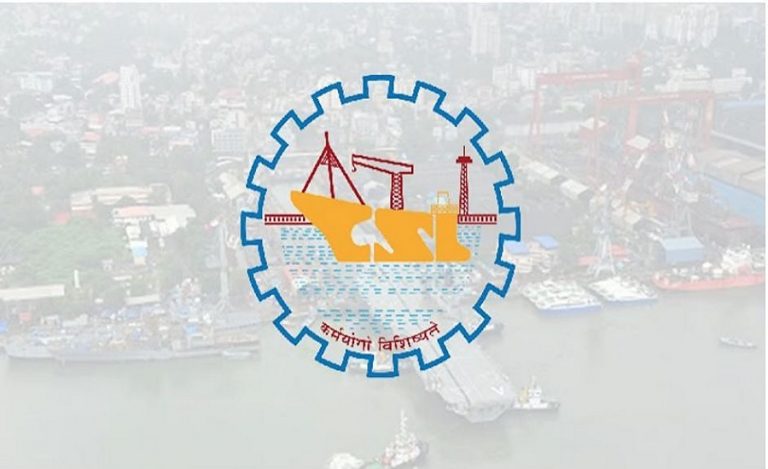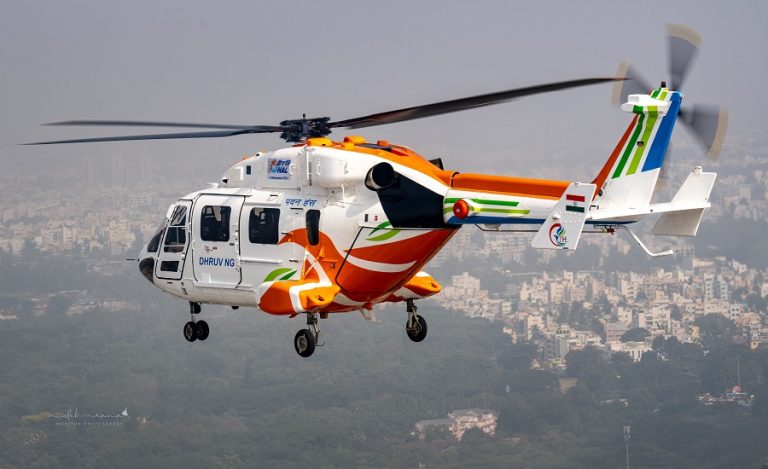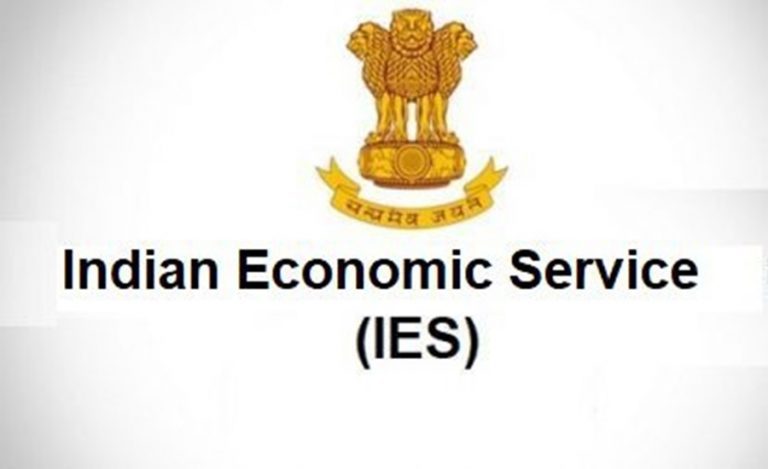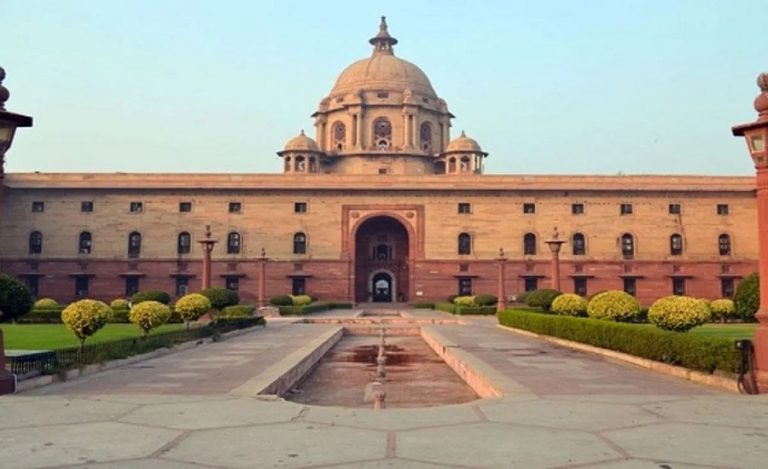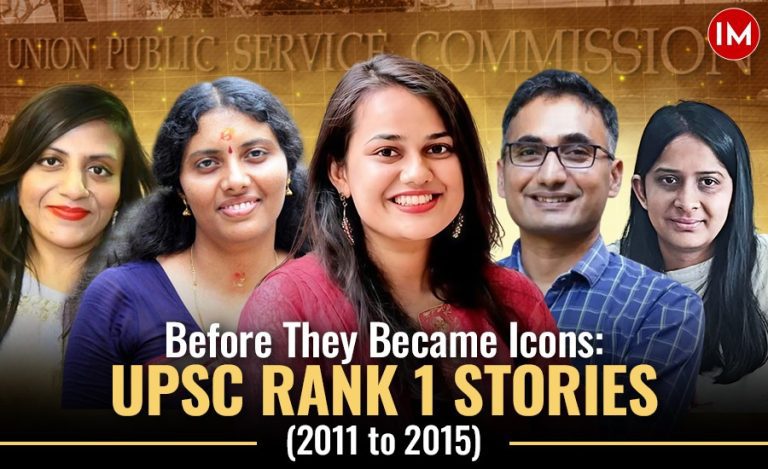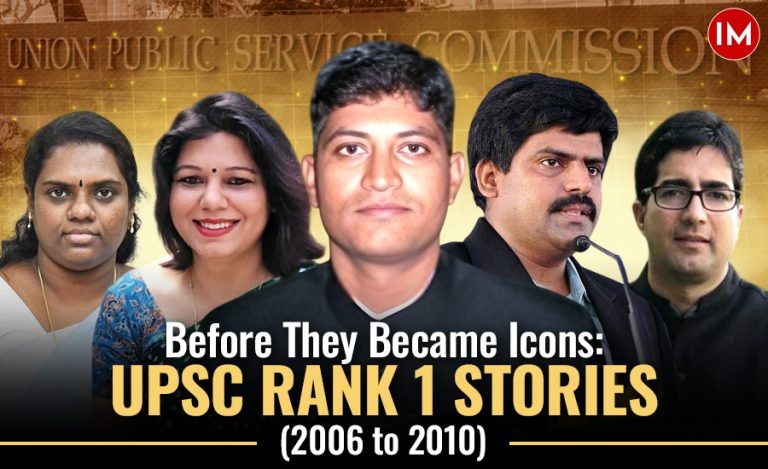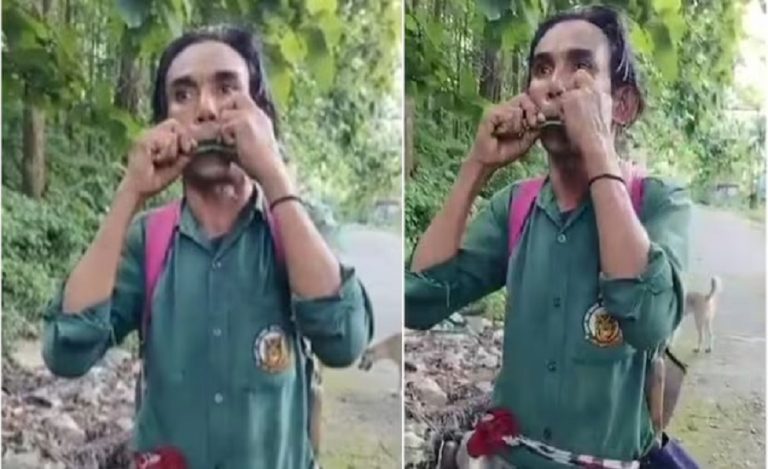Hyderabad – Raksha Rajya Mantri Sanjay Seth concluded a comprehensive two-day visit to the Dr APJ Abdul Kalam Missile Complex in Hyderabad, where he reviewed cutting-edge missile and weapons system development efforts led by DRDO.
The visit, held on July 16 and 17, encompassed three premier missile cluster laboratories—Defence Research and Development Laboratory (DRDL), Research Centre Imarat (RCI), and Advanced Systems Laboratory (ASL). Each plays a vital role in bolstering India’s indigenous missile capabilities.
Close Review of Astra, VLSRSAM, and Scramjet Programs
During his inspection of DRDL facilities, Shri Seth reviewed key projects including the Astra Mk I and Mk II beyond-visual-range air-to-air missiles. He also assessed the progress of the Vertically-Launched Short-Range Surface-to-Air Missile (VLSRSAM) and ongoing work on next-generation Scramjet engine technology.
Distinguished Scientist and Director General (Missiles and Strategic Systems), Shri U Raja Babu, along with DRDL Director Shri G A Srinivasa Murthy, briefed the minister on program statuses and milestones.
Also Read: India Develops Arjun MK 3 as the Nation’s Most Advanced AI Powered Battle Tank
Indigenous Avionics and Seeker Systems Under Spotlight
Shri Seth also visited RCI’s critical work centers, where he was apprised of strides in indigenous navigation systems, aviation electronics, onboard computing, and the development of imaging infra-red seeker technologies. RCI Director Shri Anindya Biswas provided detailed updates on these projects, which are central to improving target acquisition and missile guidance capabilities.
Praise for Scientists Driving Atmanirbharta in Defence
The Minister lauded the contributions of DRDO’s scientists, emphasizing their pivotal role in advancing India’s defence self-reliance mission under the Atmanirbhar Bharat initiative. He encouraged continued innovation and focus to ensure the Armed Forces are fully equipped to address evolving threats.

